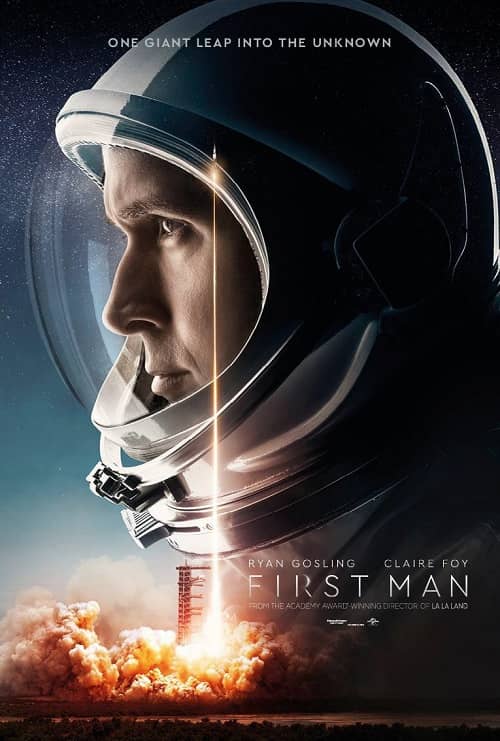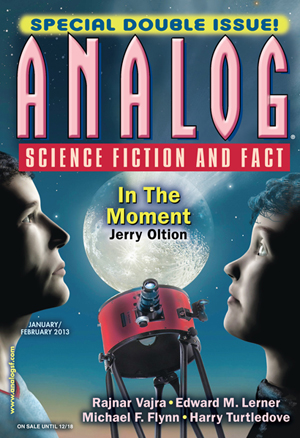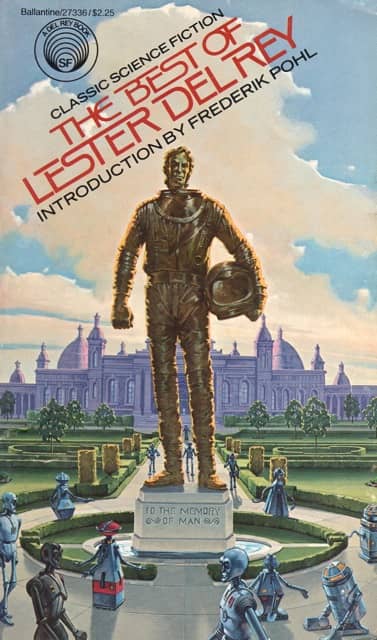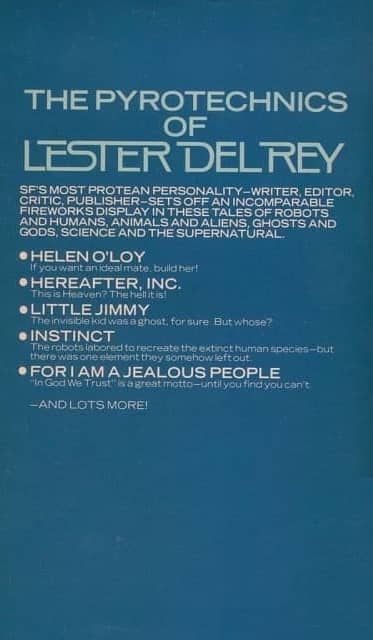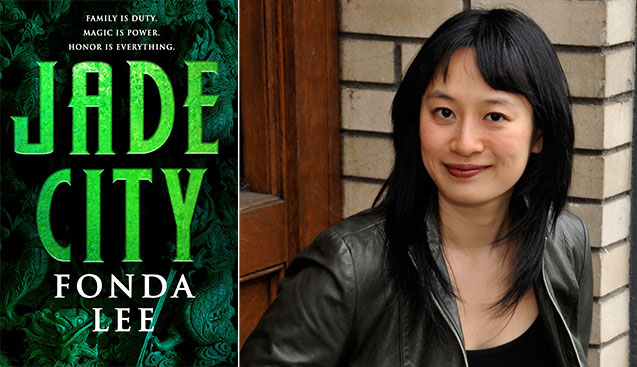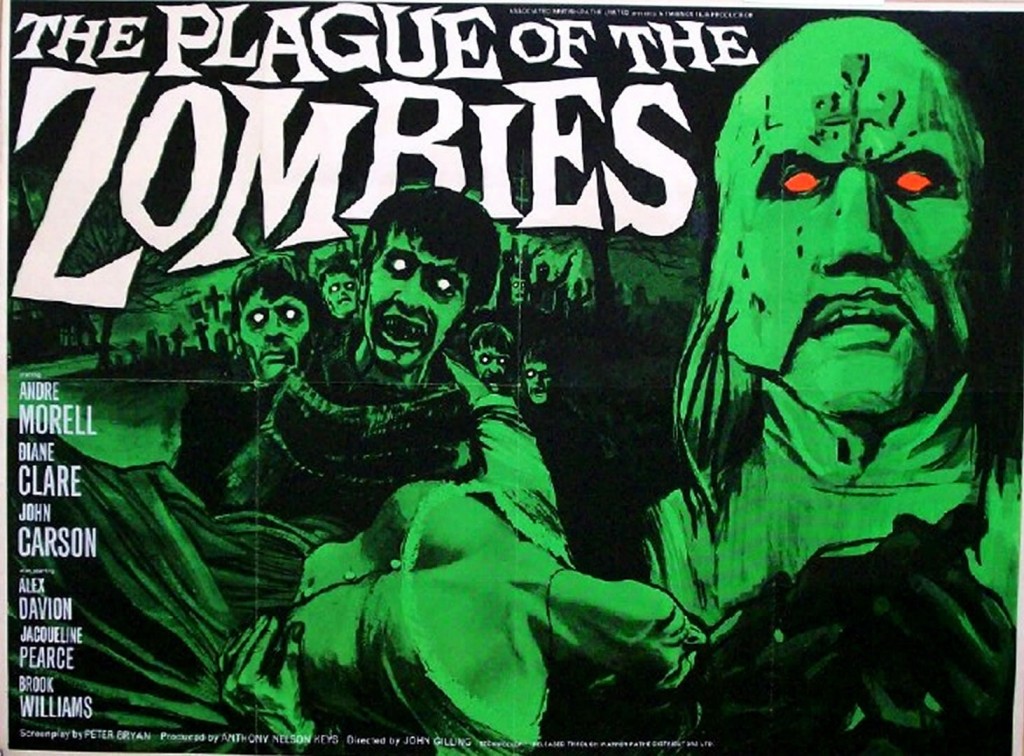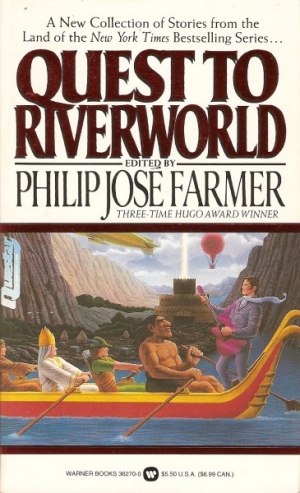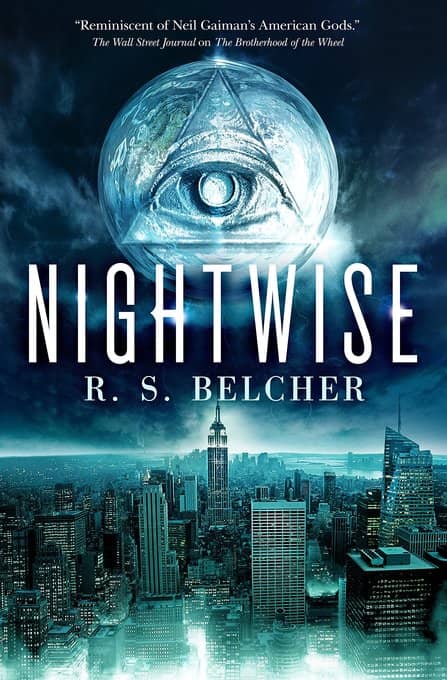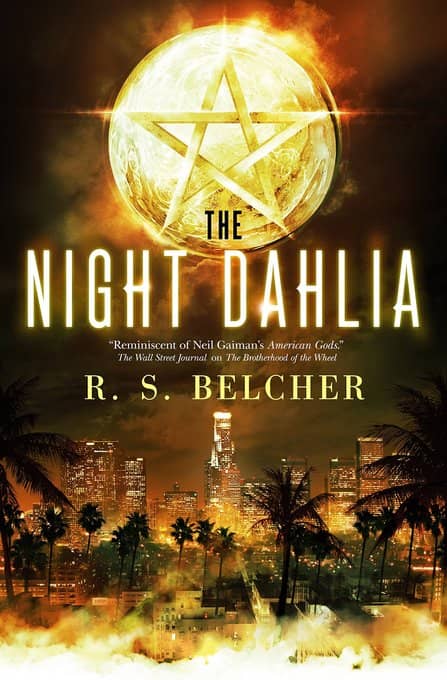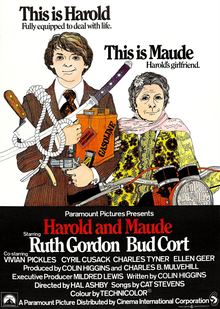Handling Wonderful Changes: The Quantum Magician by Derek Künsken
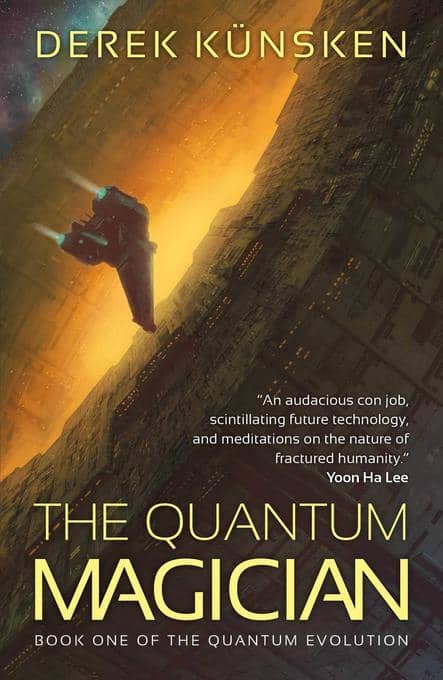 |
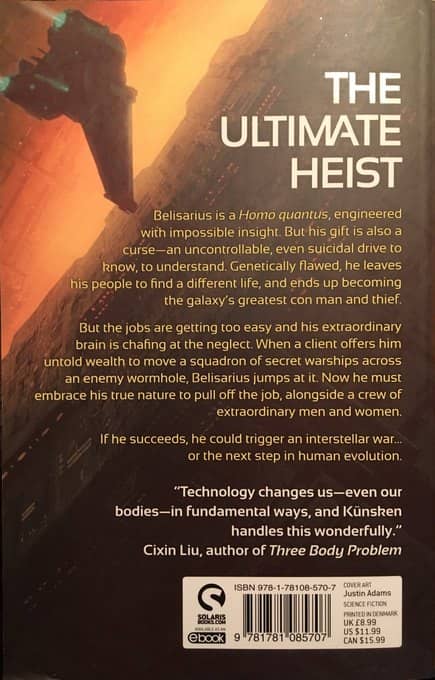 |
Black Gate has some of the best writers in the business, and we’re always proud when one of our bloggers has a new publication. But we’re doubly pleased when one of our writers produces a debut novel — and especially one as widely acclaimed as The Quantum Magician, by our Saturday blogger Derek Künsken.
The Quantum Magician was published in trade paperback by Solaris earlier this month, and it’s already won rave accolades from writers such as Yoon Ha Lee, and Cixin Liu, who said “Technology changes us — even our bodies — in fundamental ways, and Kunsken handles this wonderfully.” In his Black Gate review Brandon Crilly called it “intricate, compelling and absolutely fascinating,” and in a feature review at Locus British SF writer Adam Roberts wrote:
This debut novel will do well. It is a fat, fun SF heist-thriller, a sort of Ocean’s 2487… We’re in a 25th century in which humanity has spread to the stars, enabled by wormhole gates left over from a long vanished interstellar civilization. Access to these gates is, as you’d expect, tightly controlled, and when a group wants to smuggle a fleet of advanced spaceships across the galaxy without paying the requisite fee, they approach the galaxy’s finest con-man, Belisarius Arjona, for help. Belisarius gets the gang back together one last time to pull off the most audacious heist of his career… Künsken has a wonderfully ingenious imagination.
Derek first appeared in Black Gate in issue 15 with his short story “The Gifts of Li Tzu-Ch’eng.” He has been our regular Saturday evening blogger since 2013, writing some 128 articles for us. The Quantum Magician was published by Solaris on October 2, 2018. It is 475 pages, priced at $11.99 in trade paperback and $6.99 in digital formats. The cover is by Justin Adams.
Interested in keeping up to date on the latest from BG bloggers and staff? We do our best to share news with you here, and you always see the latest from our talented crew by reading posts with the BG Staff tag.
